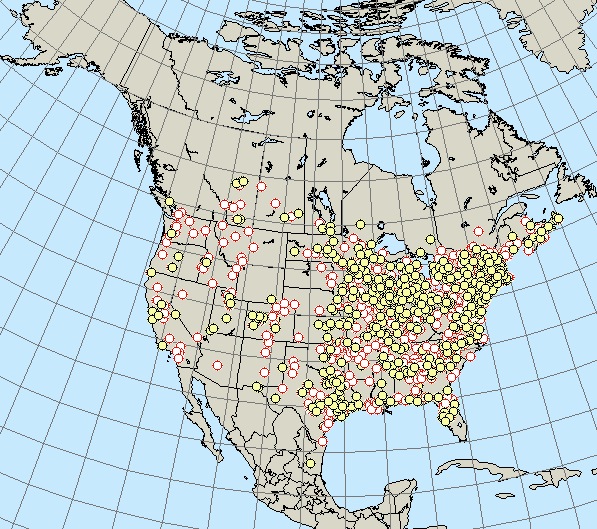
by Loti | Sep 26, 2013 | Flowers, Food, Insects, Landscapes, United States
Denver. Strolling through the Botanical gardens, this interesting wood cabinet caught my eye. On further investigation, it turns out to be a hotel. For bugs! Why in the world would you want to have a place for insects to camp out? Well, where else do they stay in downtown Denver (or anywhere else in the world), especially in the winter? Made from pine cones, bamboo, grass, bricks and other recycled materials, is is an interesting and it turns out, an important addition to the landscape. Attracting ladybugs, solitary bees and wasps, grasshoppers and other critters that pollinate our flowers and vegetables and eat bad bugs like aphids, they are good for the both the garden and the ecosystem. Some are even considered art. And they are very popular in Europe. London sponsored a contest for architects to construct the most luxurious bug hotels which you can now see as you stroll though the city and the Chelsea Flower Show featured numerous insect hotels. Cities like Vancouver are also getting into the act. The downtown area reclaimed an old phone booth and turned into into an urban hotel for insects. How clever. If you don’t want to build a hotel, you can (of course) buy one on Amazon. And even if you are not into gardening, over 90% of the world’s flowers and crops need pollination to reproduce (just think, there would be no chocolate without midge flies!) By providing lodging, we can care for our insect brethren as we continue to encroach on and often destroy their habitats. Just be sure to leave the lights on and a mint...

by Loti | Sep 16, 2013 | Uncategorized
Florida. So what in the world is my dog thinking as I take this picture? Gibbs, my 15 month old Havanese, has a mind of his own, often not agreeing with me. In fact I keep reminding him, he is the dog and I am the person. It doesn’t always work. But what do we know about how dogs think? It turns out a lot more than we used to know. Research into dog cognition is relatively new, but great strides have been made in the last 10 years. And some of the research is being done by you and me. Emory University is using MRI’s to scan dog’s brains (sounds scary for the dogs, but they are awake and trained to go into the machine) and Duke has a Canine Cognitive Center studying our relationships to our dog friends. So we now know dogs yawn more in response to their owners than to strangers, steal food more often when they think you aren’t looking (what a brilliant strategy!) and interact with friendly robots as opposed to unfriendly robots.Interesting. A new venture called dognition (with some very high powered backers from Duke, Harvard, and others) allows you to complete a questionnaire, play some games and get a profile of your dog. (Could your dog be a Renaissance dog, a Socialite or maybe a Stargazer?). The games are designed to learn more about how your dog thinks. At the same time, dognition is collecting research data from you and your dog for a small annual fee. Brilliant concept and apparently they have plenty of folks signing up. As a proud...

by Loti | Sep 9, 2013 | Birds, Flowers, United States
North Carolina. I had forgotten how wonderful hummingbirds are to watch so I was delighted to see one yesterday. They are the smallest bird in the world and the only ones that can actually hover in midair, fly backwards, sideways and upside down. Now that is cool! Memories come back of the hummingbirds arriving at my Grandparents house when I was young. They always came on the same day in April and left at the beginning of September. But I never thought about where they live all winter. So where do they go? While not all hummingbirds migrate, most of the ones living in the US do. The map shows sightings this fall of hummingbirds who are just starting their migrations to Mexico, the Yucatan, Panama or the Southern US. Since hummingbirds are solitary birds, they generally travel alone (how sad) so we don’t know much about their migratory patterns. Maps like this rely on citizens to report sightings thru organizations like Northern Journey and The Audubon Society (all you have to do is register on their website and record a sighting, which of course I did). And how does the tiny bird know when it is time to migrate, sometimes thousands of miles? They rely on the amount of daylight and the angle of the sun to tell them. Loading up on insects and nectar in preparation for their trip, often gaining twice their weight for the long journey, they head south for the winter and north for the summer. Pretty smart birds for being so small (and cute!) ...




